Garbage trucks are a common sight on the streets of cities and towns worldwide. These behemoths of waste management play a vital role in keeping our communities clean and sanitary. However, have you ever stopped to wonder just how powerful these vehicles are? In this article, we will delve into the world of garbage trucks and explore the fascinating power behind these machines.
To truly understand the power of a garbage truck, we must first examine its primary function: Collecting and transporting waste. Garbage trucks come in various sizes and configurations, but they all share the same basic purpose of efficiently handling and disposing of garbage. From residential areas to commercial establishments, these vehicles traverse the streets, stopping at predetermined locations to pick up trash bins and dumpsters.
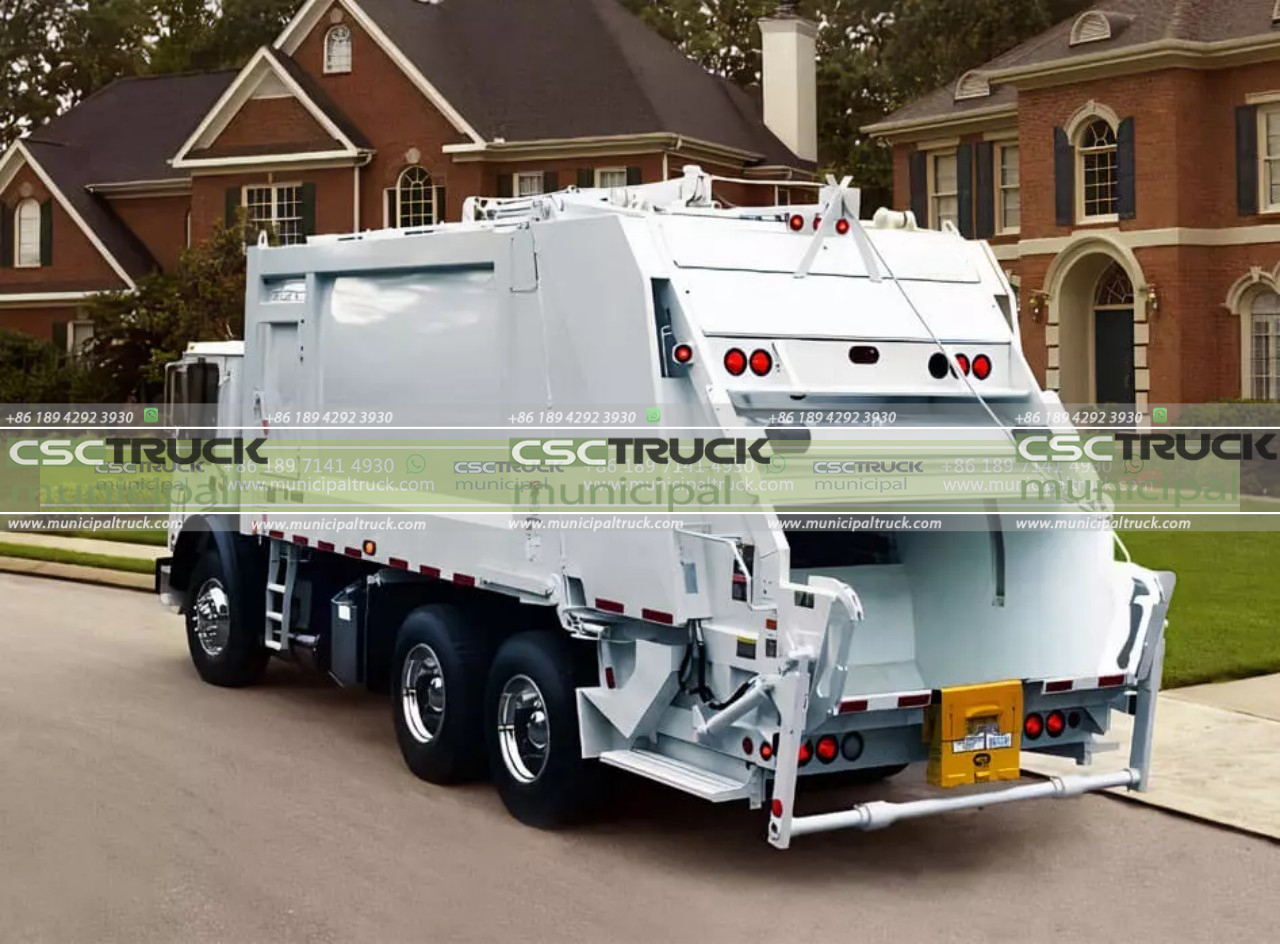
One of the most remarkable features of garbage trucks is their ability to lift and empty large containers effortlessly. This process is accomplished using a hydraulic system known as the “loading arm” or “hopper.” The loading arm extends outward from the truck’s chassis, reaches the garbage container, and lifts it high into the air. Once lifted, the contents are emptied into the truck’s main compartment, ready for transportation to the appropriate waste management facilities.
The power behind this lifting process lies in the hydraulic system. Hydraulic systems use fluids, typically oil, to transmit force from one point to another. In the case of garbage trucks, hydraulic cylinders are responsible for lifting and lowering the loading arm. These cylinders convert the pressure created by the hydraulic pump into linear motion, allowing the arm to extend and retract as needed.

The force exerted by the hydraulic system is immense. Garbage trucks can lift and handle containers weighing several tons without breaking a sweat. This power is crucial for efficiently collecting large volumes of waste in a short period. Whether it’s a small residential bin or a massive commercial dumpster, a garbage truck can handle the load with ease, thanks to its robust hydraulic system.
Another aspect that showcases the power of garbage trucks is their compaction mechanism. Waste is not only lifted and transported but also compressed to optimize space utilization. The compaction process is typically achieved using a large hydraulic press located in the rear of the truck. This press exerts tremendous force to compact the garbage, reducing its volume and allowing for more waste to be collected before the truck needs to be emptied.
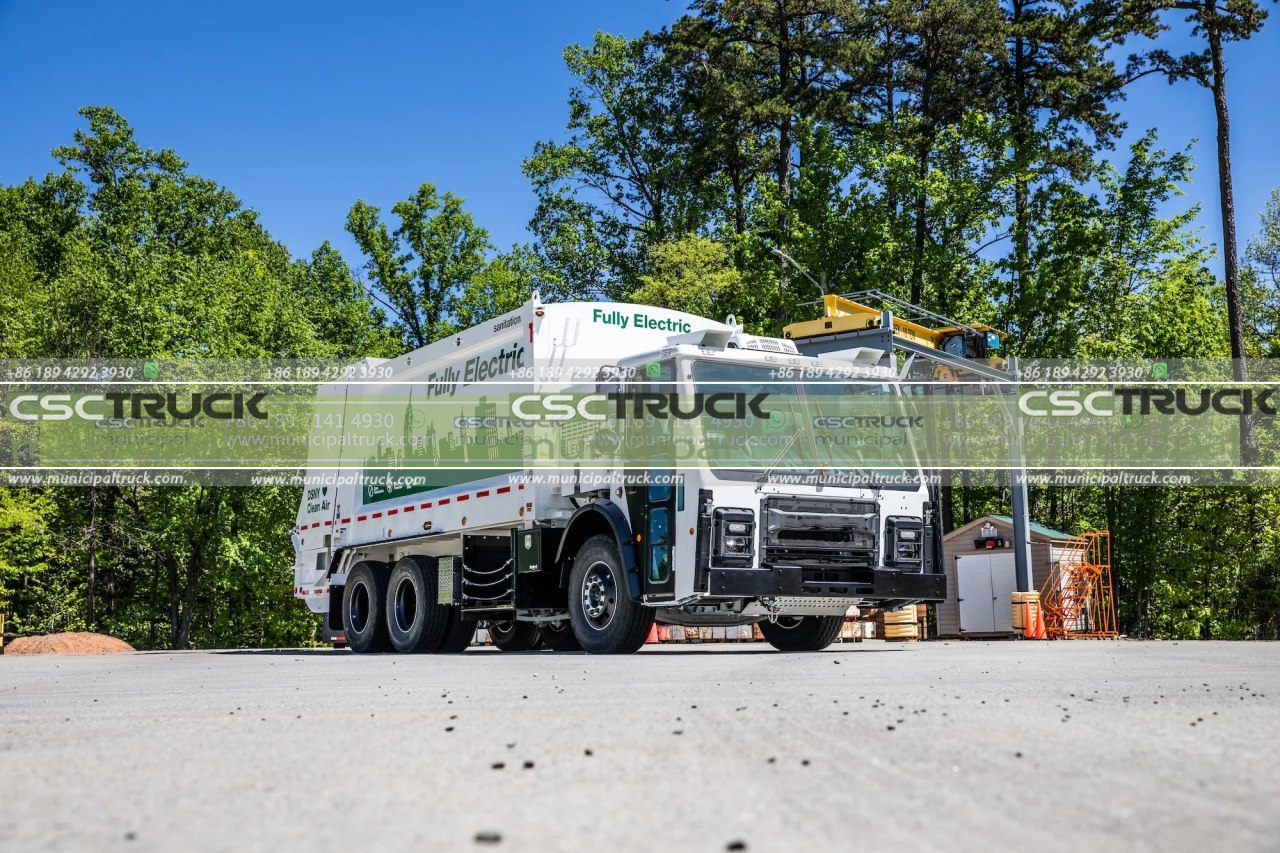
The compaction mechanism of a garbage truck can reduce waste volume by up to 70%, maximizing the efficiency of waste collection routes and minimizing the number of trips required to disposal facilities. The immense pressure exerted by the hydraulic press ensures that the garbage is tightly packed, reducing the risk of spillage or odor leakage during transportation.
In addition to their lifting and compaction capabilities, garbage trucks often come equipped with various auxiliary features to assist in waste management tasks. For example, some trucks have mechanical arms with grabbers to pick up and empty individual bins without using the loading arm. Others may have water jets or brushes to clean and sanitize the areas where waste is collected. These additional features further demonstrate the power and versatility of these waste management vehicles.
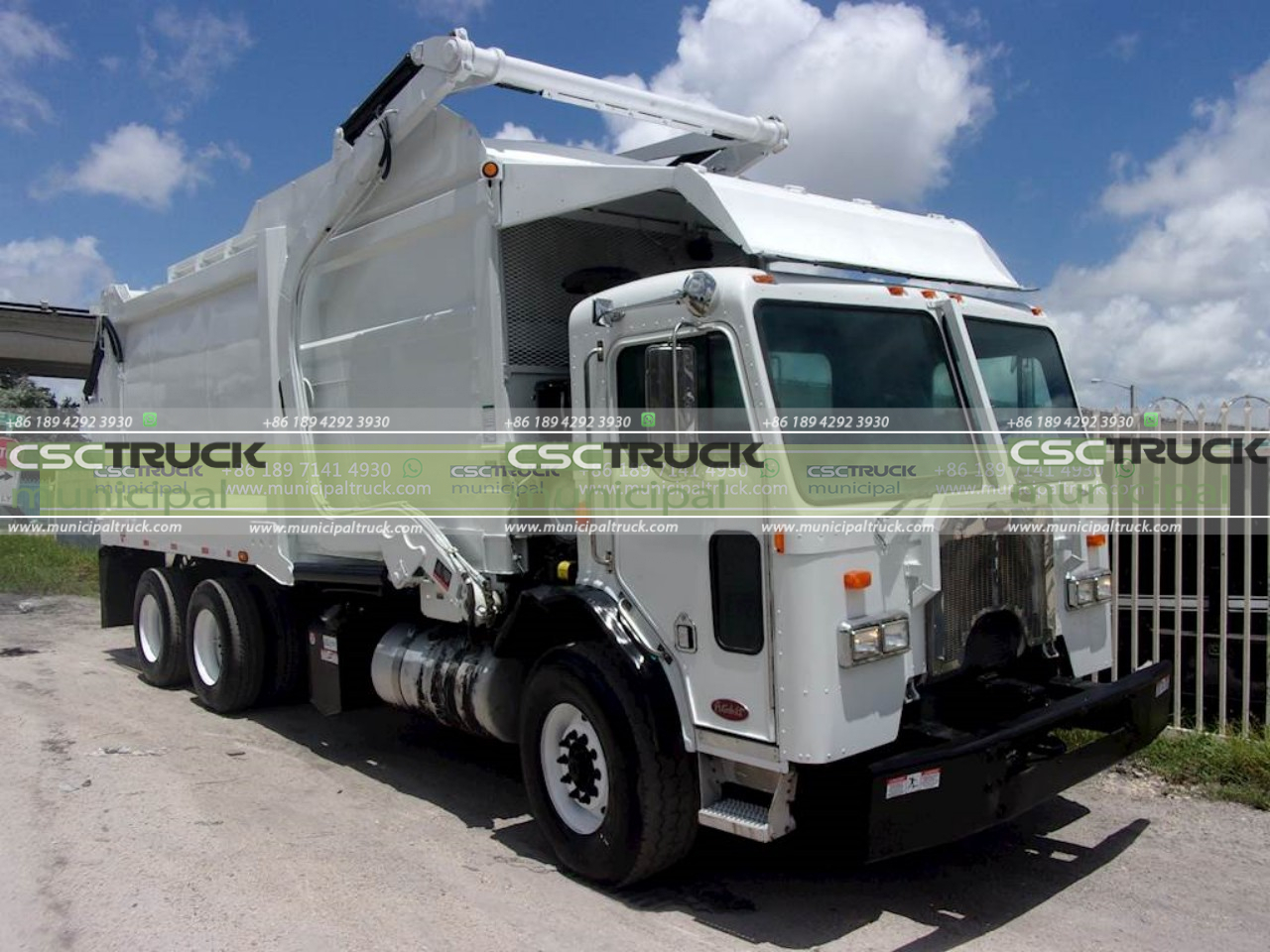
It’s important to note that while garbage trucks are undoubtedly powerful machines, their power is not limited to physical strength alone. These vehicles are also powerful agents of change in promoting environmental sustainability. As the world grapples with waste management challenges and strives for a more sustainable future, garbage trucks play a crucial role in the recycling and disposal of waste materials. They are the frontline warriors in our battle against pollution and a cleaner, healthier world.
In conclusion, the power of a garbage truck extends far beyond its physical capabilities. While the hydraulic systems and compaction mechanisms showcase their immense strength, these vehicles are also powerful symbols of waste management and environmental stewardship. They embody the dedication and innovation required to tackle the ever-growing challenge of waste disposal. So, the next time you see a garbage truck rumbling down the street, take a moment to appreciate the power it holds, not just in terms of lifting heavy loads, but also in its contribution to creating a cleaner and more sustainable environment.
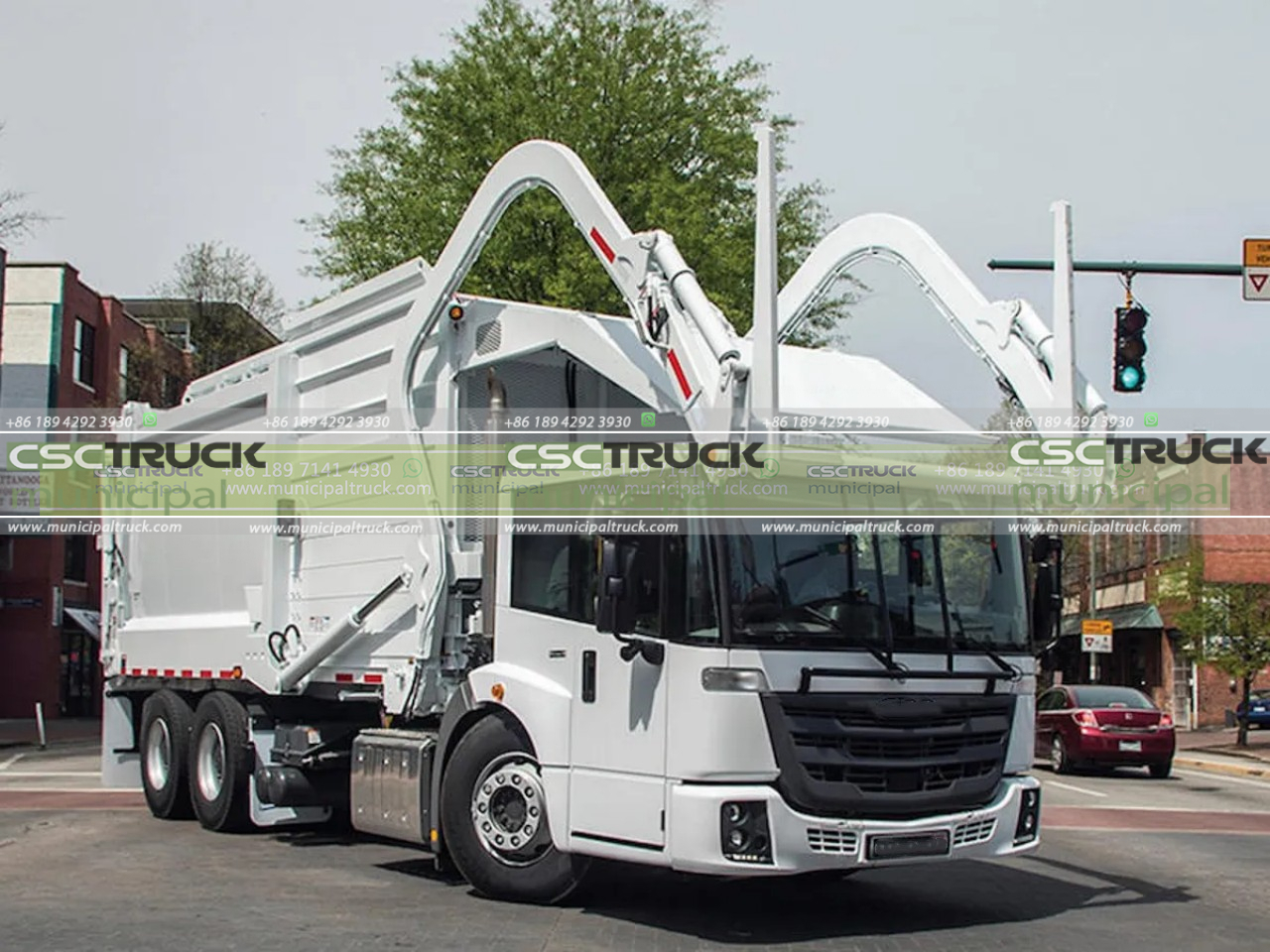
Garbage trucks are at the forefront of waste management systems, efficiently collecting and disposing of our daily waste. They ensure that our neighborhoods remain clean and free from the potential hazards associated with unattended garbage. The power of these vehicles lies not only in their physical capabilities but also in their ability to bring about positive change.
One of the ways garbage trucks exert their power is through their role in recycling initiatives. Many waste management systems now incorporate recycling programs, and garbage trucks play a vital part in this process. They collect separate bins for recyclable materials, such as paper, plastic, and glass, ensuring that these items are diverted from landfills and sent to recycling facilities. By doing so, garbage trucks contribute to the conservation of natural resources and the reduction of greenhouse gas emissions associated with the production of new materials.
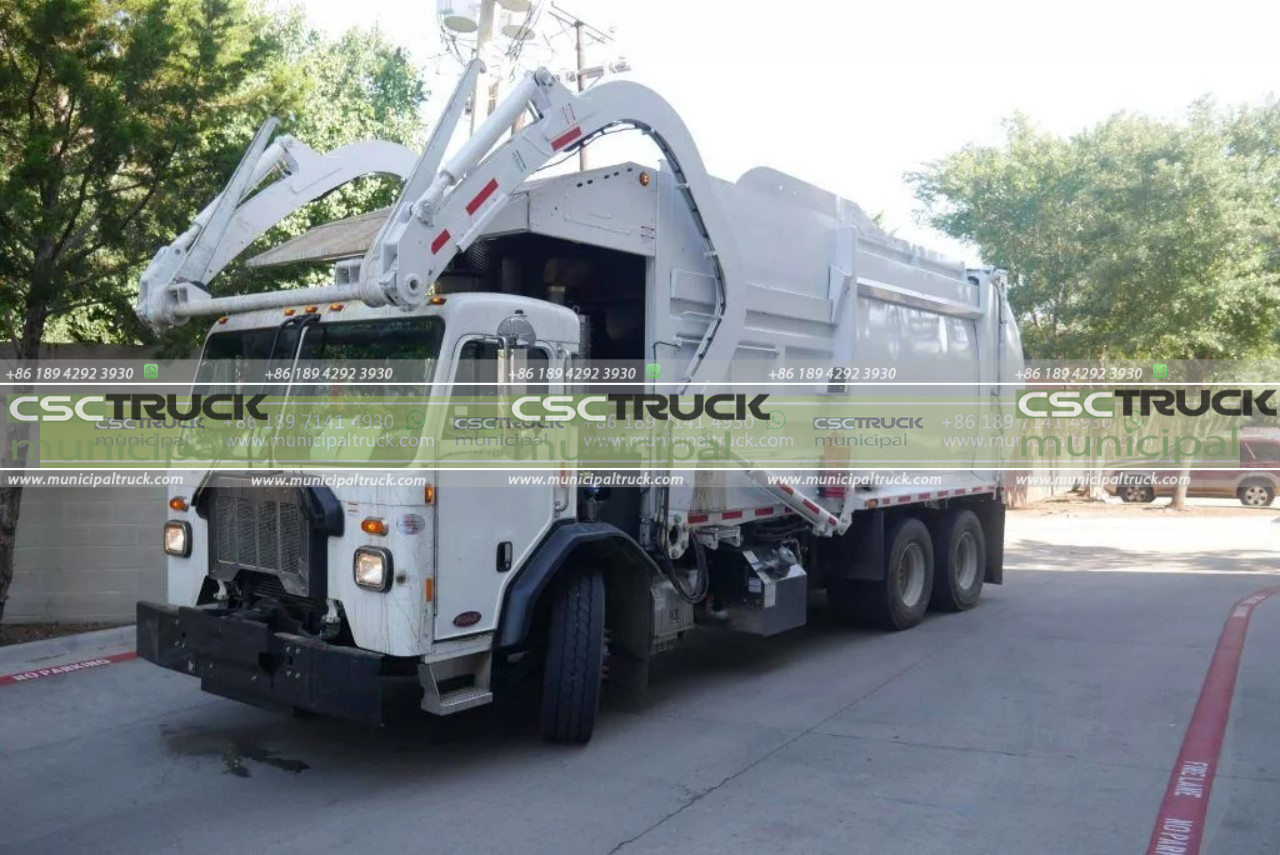
Moreover, garbage trucks have become more environmentally friendly over the years. Many modern trucks are equipped with advanced emission control systems, reducing the release of harmful pollutants into the atmosphere. Some vehicles are powered by alternative fuels, such as natural gas or electricity, further minimizing their carbon footprint. These technological advancements make garbage trucks not only powerful machines but also important contributors to combating climate change and improving air quality in our communities.
Furthermore, garbage trucks are powerful catalysts for change in waste management practices. As the world becomes more conscious of the impact of waste on the environment, these vehicles have spurred innovative approaches to waste disposal. They have prompted the development of more efficient collection routes, optimized scheduling systems, and advanced sorting technologies. By constantly improving their operations, garbage trucks are instrumental in shaping the future of waste management, making it more sustainable and efficient.

Beyond their physical power and environmental impact, garbage trucks also hold symbolic power. They serve as a reminder that waste management is a collective responsibility. Every household, business, and individual has a role to play in reducing, reusing, and recycling waste. Garbage trucks are a visible manifestation of our collective effort to keep our communities clean and healthy. They inspire us to take action, make responsible choices, and consider the consequences of our consumption habits.
In conclusion, the power of a garbage truck extends beyond its ability to lift heavy loads. These vehicles are powerful agents of change, driving the transformation of waste management practices and promoting environmental sustainability. From their hydraulic systems and compaction mechanisms to their role in recycling initiatives and emission reduction efforts, garbage trucks are at the forefront of creating a cleaner and healthier world. So, the next time you see a garbage truck in action, take a moment to appreciate its power and the positive impact it has on our lives and the environment.
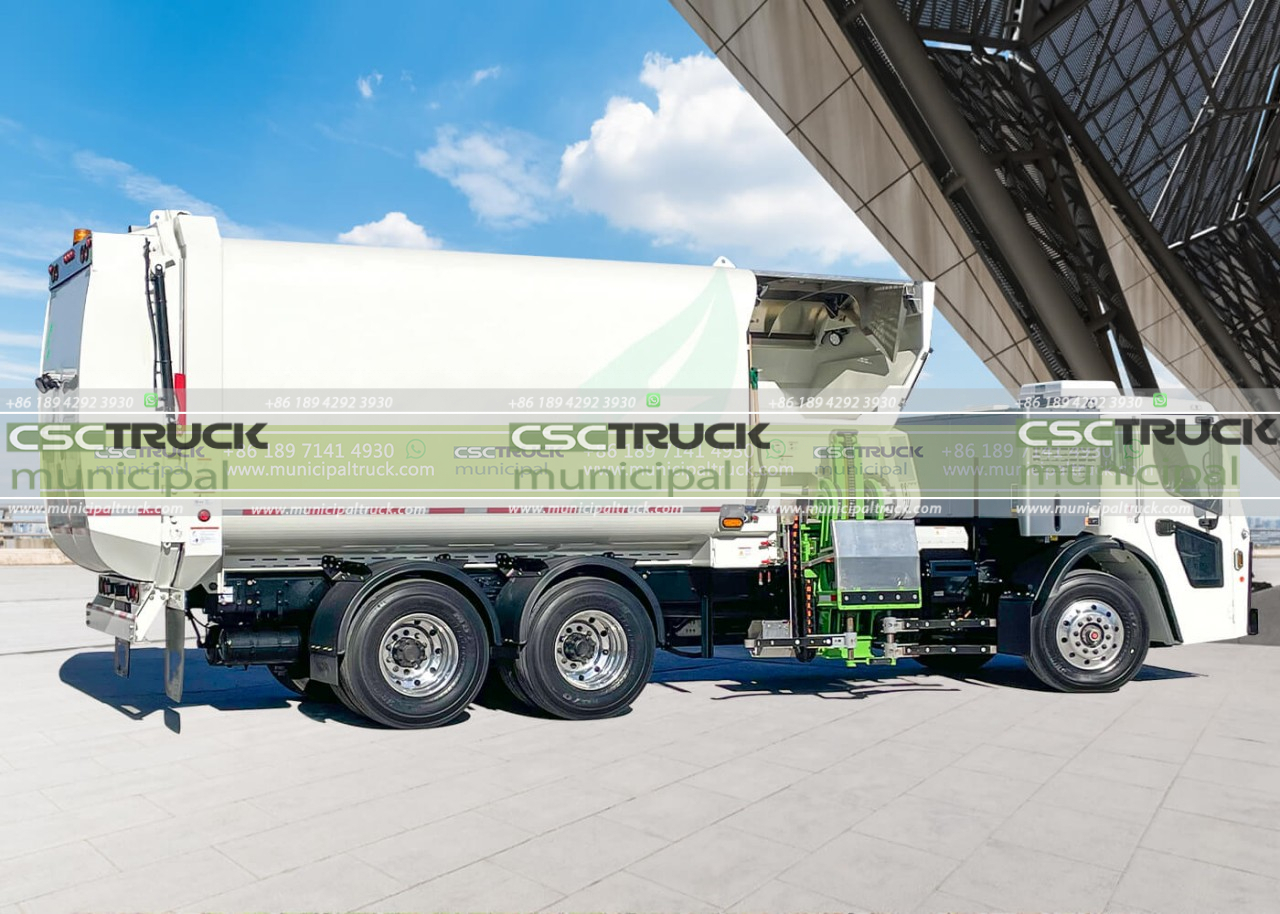
Contact us for this municipal truck or similar trucks: [email protected] Call us or What's APP us: +86 189 4292 3930







